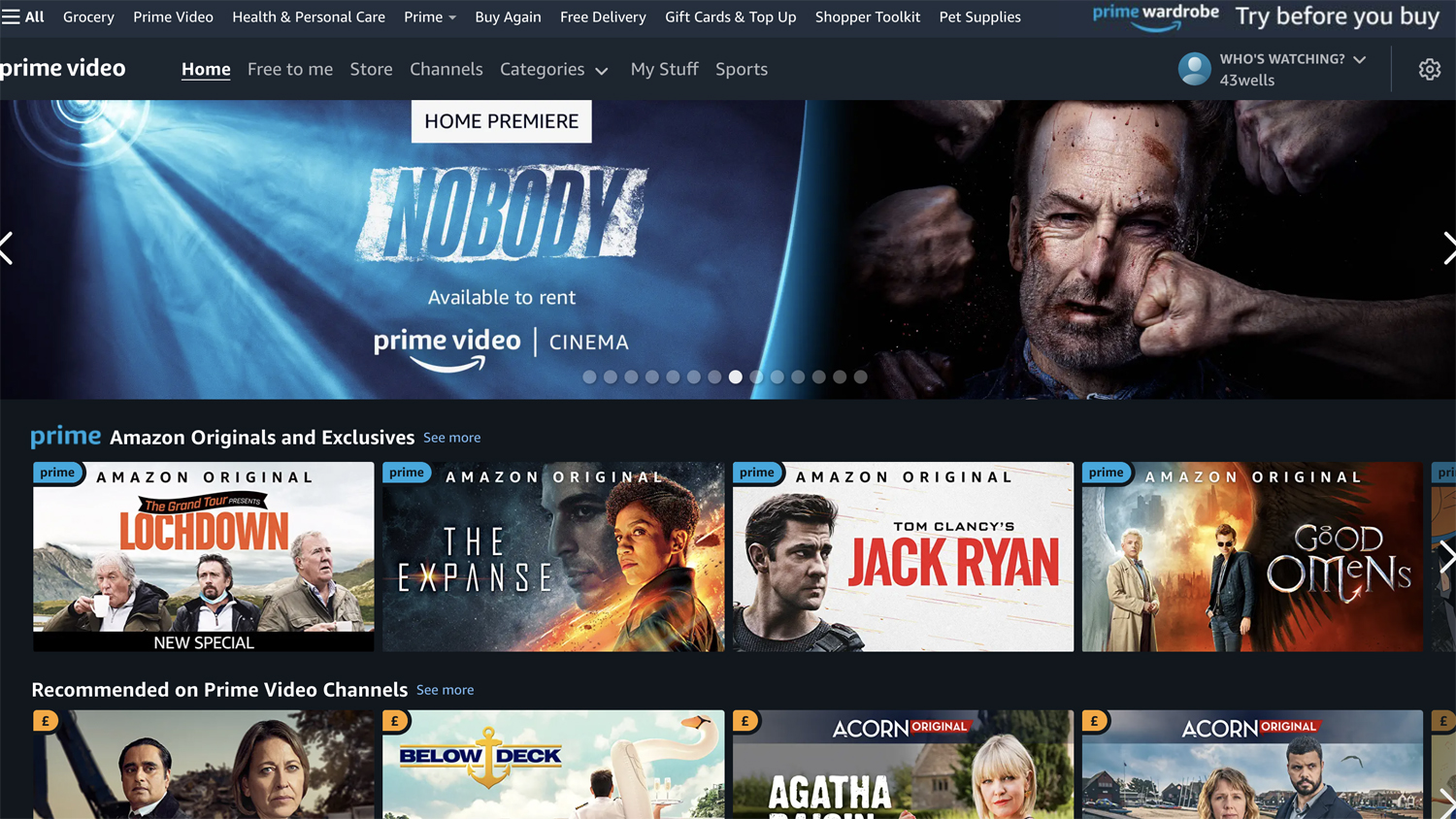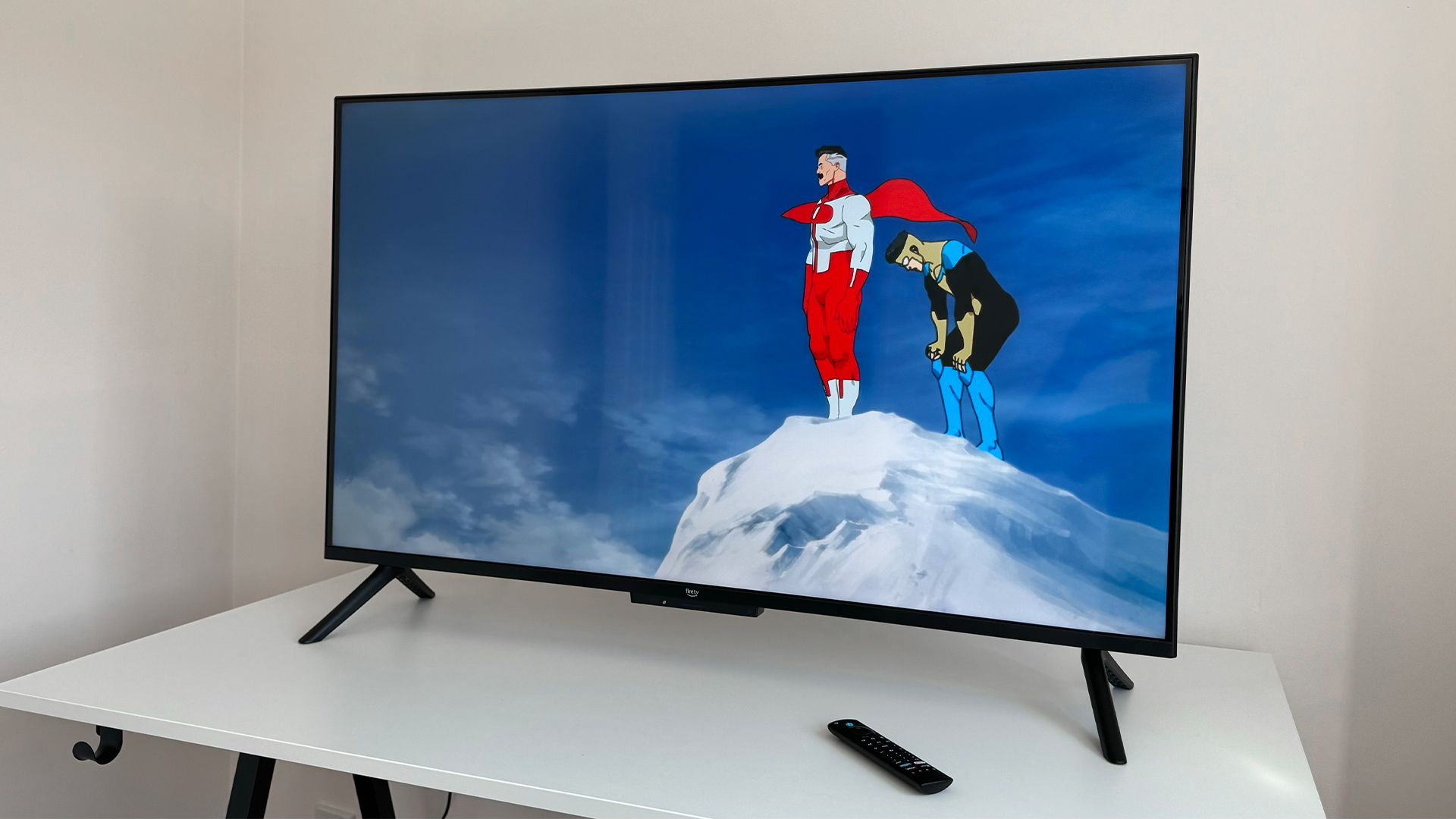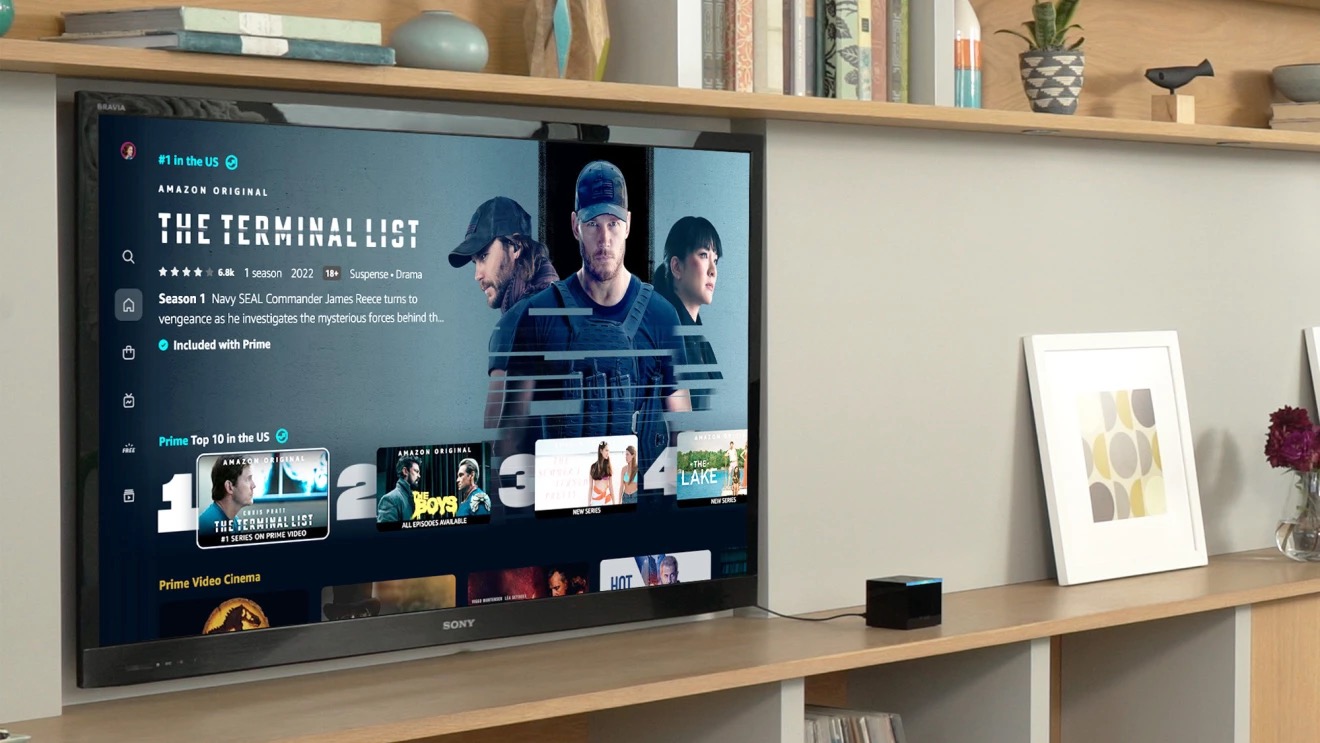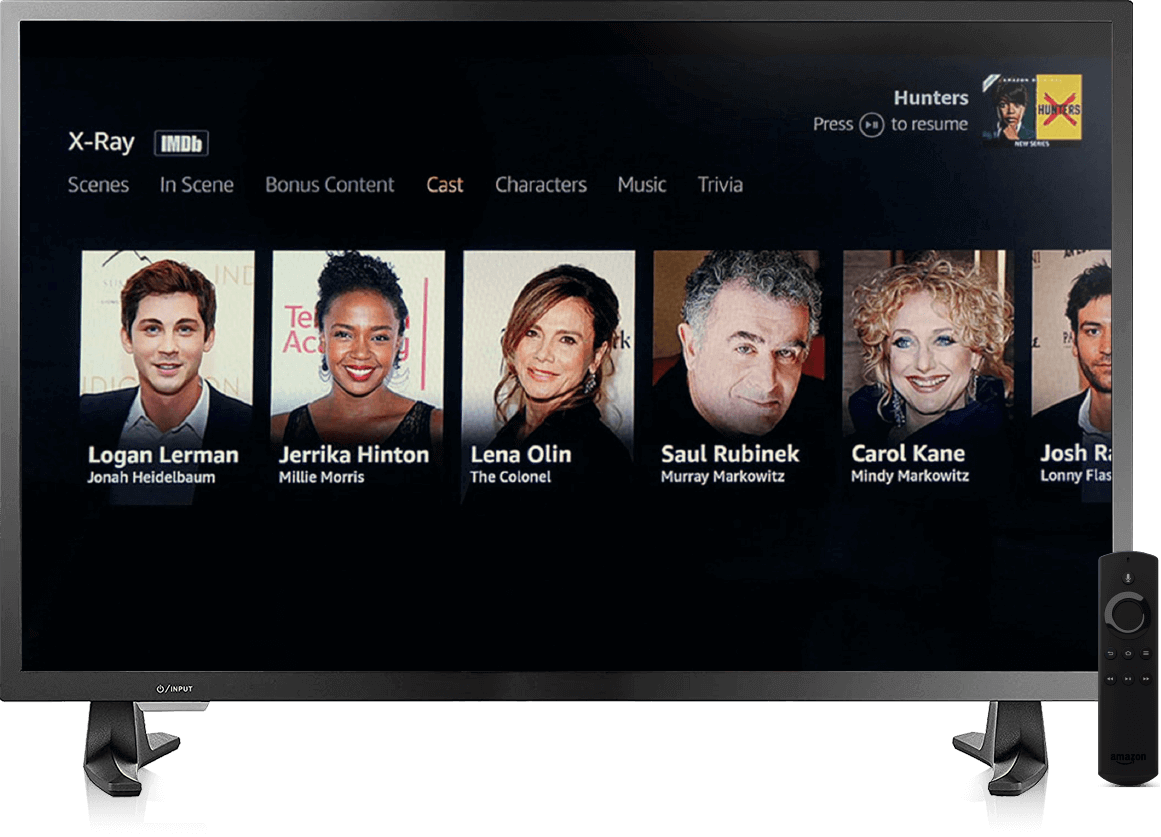
I feel like this is getting personal. Not content with inflicting standard adverts on Prime Video subscribers unwilling to pay to have them removed – and at the same time taking away Dolby Atmos and Dolby Vision for anyone unwilling to stump up the extra charge – Amazon has now announced even more ways for us to suffer. Three new ways, in fact: pause ads, carousel ads and brand trivia ads. That's ads, ads and more ads. On a service we already pay for.
Amazon's strategy is an interesting one. It seems to be trying to bombard its customers into submission. It thinks that one day we'll have had enough, and will think "Fine, I'll pay the extra £2.99 / $2.99 a month, if only you'll leave me alone."
I'm not sure what's more depressing: that it can treat its customers this way, or that people like me are willing to put up with it.
What's in a name?

Prime Video has always been a bit of a strange one. Emerging from the still-warm corpse of Amazon Unbox (the firm's short-lived movie download service), it has had many names during its relatively short life: Amazon Video On Demand, Amazon Instant Video, Amazon Prime Instant Video, then Amazon Video, and now just Prime Video. Confusion still reigns – the firm's monthly PR email contains the note to editors: "Please refer to our streaming service as Prime Video and not Amazon Prime Video."
I get it. Services evolve, and the rate of technological progress over the last few years has drastically changed many companies' offerings. The name should reflect what it does. Today you wouldn't launch a service called Netflix any more than you would launch a magazine called Good Housekeeping. But here's a note to marketing professionals: If you have to constantly remind journalists (journalists! The ones who should be across these kinds of details!) what your service is called, you've got a problem.
But do you though? Amazon has deep pockets, so it can afford to do what it wants with Prime Video. It's already divorced its own brand name from the service, presumably to get away from its corporate image. But Amazon is a household name the world over, one that Prime Video is just tossing away. It's like Amazon doesn't need the service to succeed.
Which brings me back to those pesky ads.
Paying in more ways than one

You can pay for Prime Video as a standalone service (£5.99 / $8.99 a month), or you can take it as part of Prime (£8.99 / $14.99 a month or £95 / $139 a year). Amazon doesn't release figures specifying how many people subscribe to just Prime Video, but I'm guessing that most of its 200 million+ customers are only able to access it because it came with their Prime subscription. I fall firmly into that camp.
Because Prime Video is seen as a nice-to-have, Amazon doesn't have to try that hard. Let's be honest, if it existed solely as a standalone service, it couldn't compete with the likes of Netflix and Disney+. (Prime Video wasn't even included in a recent Parrot Analytics comparison of which streaming services give the best value for money.) That's especially true now that Disney and Warner Bros. are bundling their services together in a package that includes Disney+, Hulu and Max. When it launches this summer, that one bundle will give you content from such news and entertainment leviathans as ABC, CNN, DC, Discovery, Disney, Food Network, FX, HBO, HGTV, Hulu, Marvel, Pixar, Searchlight and Warner Bros. Obviously it will be much more expensive than Prime Video, but then it delivers a lot more too. And I'm sure it'll be a lot less annoying to use.
Ad nauseam

Earlier this year, Prime Video added pre-roll ads and ad breaks during content, but now it's adding more ways to sell to us. Pause ads will appear whenever you press pause, and will promote products you can buy direct from Amazon by clicking the 'Add to cart' button. (It's not known what will happen to Amazon's X-Ray feature – powered by IMDb – that currently appears when you pause, but I suspect this will also be made exclusive to those paying the extra £2.99 / $2.99 a month to go ad-free.)
Carousel ads will present a sliding line-up of products that again, you can buy right from Prime Video, while interactive brand trivia ads will ask you questions about the brand while also letting you buy its wares.
Sounds horrendous, right? Anyone in their right mind would cancel their subscription rather than pay twice to receive the same service they were already getting before Amazon decided to milk them for more cash (sorry, "help[ed] advertisers meaningfully connect with customers," according to Alan Moss, VP of global ad sales for Amazon Ads).
But when it's a nice-to-have, you don't think like that. Sure, the user experience might be awful, but I don't really feel like I'm paying for it, because I shop on Amazon (with free delivery through Prime) much more often than I watch Prime Video. I'm part of the problem, I realise that. And as long as me and my like put up with it, Amazon has no incentive not to find new and innovative ways to irritate us with ads while charging us extra for every feature we've grown accustomed to using.
If this is the future of streaming, count me out.
MORE:
Check out the best streaming services
I'm furious about Prime Video's new prices, and not because of the ads
Disney Plus' next move has made me question my streaming choices







